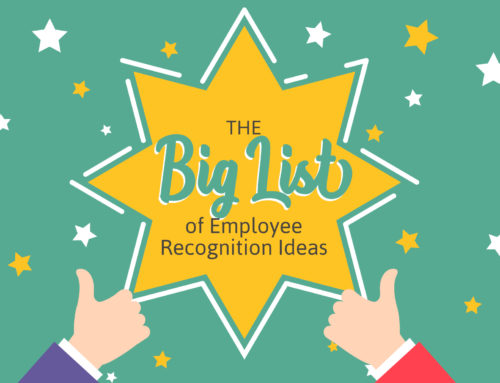We’ve heard it before: If your company’s external brand is working properly, then you don’t need to worry about internal branding. Your brand’s message is supposed to work hard enough for both your consumers and your employees.
Right?
Not quite. An external brand communicates your company’s promise to customers. An internal brand should align with and support the external brand, but it has a separate mission: to build a culture that engages employees and motivates them to deliver on that promise.
One without the other is like revving up the crowd but skipping the locker room pep talk.
In fact, according to Forbes, “Fewer than 50 percent of employees believe in their company’s brand idea, and even less are actually equipped to deliver on it.”
If fewer than half of your employees are engaged, then it doesn’t matter how strong your external brand is. Your employees aren’t hearing it, and they aren’t delivering on it. Eventually, your consumers will grow deaf, too.
Branding has to start on the inside because companies make promises on behalf of their employees. The best way to make sure those promises are kept is by aligning your external brand with your internal brand. Your internal brand should give employees the tools, resources, and motivation to deliver on your external brand’s promise.
Consider Starbuck’s brand promise to “inspire and nurture the human spirit — one person, one cup and one neighborhood at a time.” It’s a great message, but it doesn’t mean much to employees. Starbucks needed a similar promise that supported employees and aligned them with the mission. Starbucks created the “five pillars,” or five missions that focus on employees. These include cultivating ownership in employees, encouraging them to observe details, and “treating their employees like kings,” which is the company’s vow to value employees and create an environment conducive to embracing and delivering the company promise.
External brand. Internal brand. One size doesn’t fit all. Communicating to two separate audiences requires two separate messages, and one shouldn’t do the work of the other. When you align your external brand with an internal brand, you’re making a choice to fulfill your company’s promise — and propelling your business forward.





